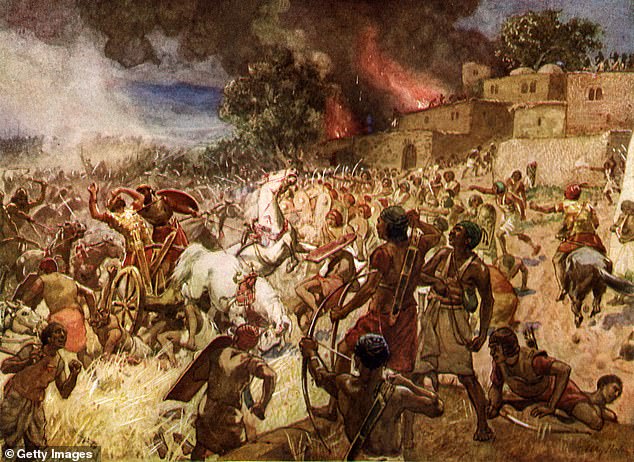
Ancient Armageddon Battlefield Yields Evidence of Biblical King’s Fatal Last Stand
Archaeological Discovery Supports Biblical Account of King Josiah’s Death at Armageddon
Archaeologists have uncovered new evidence that may corroborate the Bible’s account of King Josiah’s death at the ancient site of Armageddon. Excavations at Megiddo—the Hebrew name for Armageddon—revealed ruins and a trove of Egyptian pottery dating to the 7th century BCE, aligning with the timeline of the battle described in scripture.
Key Findings at Megiddo
During digs from 2016 to 2022, researchers focused on “Area X,” an untouched section of Megiddo. They unearthed a large building with a courtyard and five rooms, filled with over 100 pottery vessels. Surprisingly, most were Egyptian-made, originating from the Nile Valley, and varied widely in form and function.
Image suggestion: Archaeologists excavating pottery at Megiddo.
Linking the Artifacts to Pharaoh Necho
Historically, Pharaoh Necho II marched through Judah in 609 BCE to aid Assyria against Babylon. The Bible states Josiah confronted Necho’s forces at Megiddo and was fatally wounded by archers. The pottery’s style and crude craftsmanship suggest it belonged to Necho’s army rather than local trade. As researcher Assaf Kleiman noted, the volume of Egyptian pottery—doubling or tripling previous Levantine finds—points to military presence, not cultural influence.
Image suggestion: Egyptian pottery shards from the site.
Josiah’s Legacy and Armageddon’s Symbolism
Josiah, the last reforming king of Judah, is celebrated for restoring Jerusalem’s Temple. His death at Megiddo marked a turning point, propelling the site into biblical prophecy. “Armageddon” (Revelation 16:16) derives from “Har-Megiddo” (Mount Megiddo), later symbolizing humanity’s final battle. The recent findings lend historical credibility to this pivotal event.
Greek Mercenaries and Egyptian Influence
Alongside Egyptian pottery, Greek-style vessels were found, suggesting Necho’s army included Greek mercenaries—a practice supported by historical records. Researchers argue the artifacts were abandoned after the battle, as the building showed no signs of later habitation.
Image suggestion: Depiction of ancient Egyptian and Greek warriors.
Scholarly Impact
While the discovery doesn’t confirm the battle’s specifics, it substantiates Necho’s military activity at Megiddo. Published in the Scandinavian Journal of the Old Testament, the findings bridge archaeology and scripture, offering tangible links to a story central to Judeo-Christian eschatology.
This breakthrough underscores Megiddo’s enduring intrigue, merging ancient history with prophetic lore. As excavations continue, the sands of Armageddon may yet reveal more secrets of our shared past.
Word count: ~600


